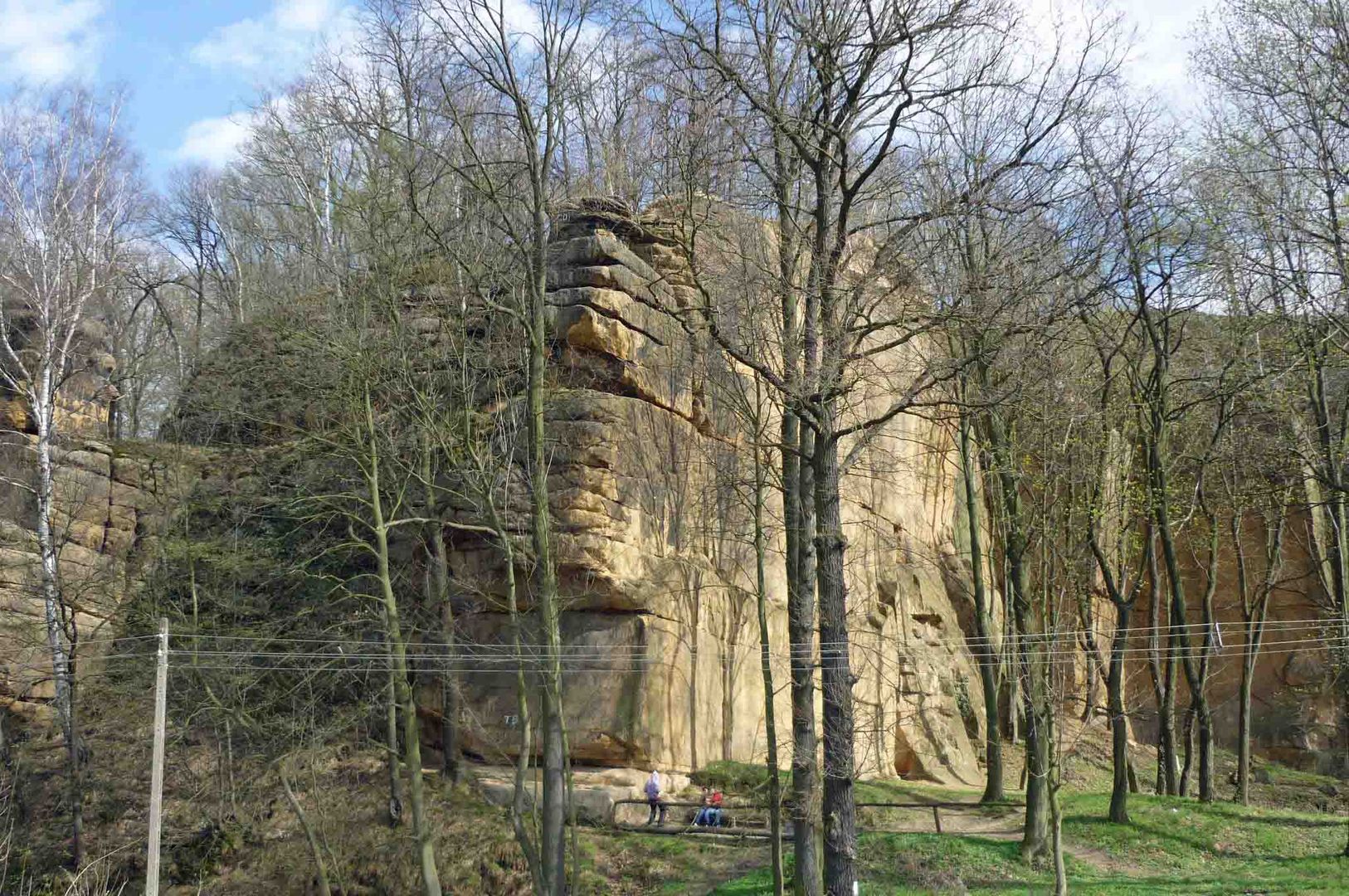Jerzmanice-Zdrój
6.84

Overview
Jerzmanice-Zdrój is a village with a rich history, located in the Lower Silesian Voivodeship. It currently has around 663 inhabitants, although over the years its population has fluctuated, reaching over 800 in the past. The majority of residents are Catholic, although only 10.6% regularly attend the local church. In Jerzmanice, there is a historic church dedicated to St. Anthony, most likely built in the 14th century, which served Protestants from 1527 onward. After numerous renovations, its appearance has changed, and today it retains only some Renaissance features. It is worth noting the well-preserved collection of tombstones and a stone cross from 1763. The village also has several other monuments, such as an 18th-century steward's house and a complex of farm buildings from the 16th century. Jerzmanice-Zdrój has yielded rich archaeological finds, including treasures from the Bronze Age, indicating settlement since the Neolithic period. The settlement dates back to the 12th century, and the village was once known as Hermanstorph. The Napoleonic Wars, as well as World Wars I and II, impacted the village's demographics and social structure. After 1945, it became a settlement for Poles. An important event in Jerzmanice's history was the opening of a health resort in 1881, which attracted visitors. The area featured parks and walking paths, and current attractions include Krucze Skały (Raven Rocks) and a waterfall on the Kaczawa River. The municipal archive and plans to establish a cultural center reflect contemporary efforts toward social development. The village provides access to hiking trails, including the St. James Trail, as well as local cycling routes that attract nature enthusiasts. Jerzmanice is a place with interesting architecture, a rich culture, and a history that showcases the evolution of a community over the centuries.
Location
2025 Wizytor | All Rights Reserved